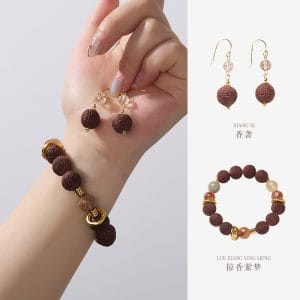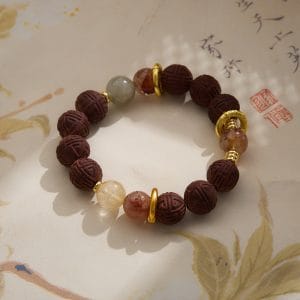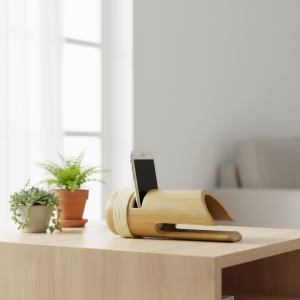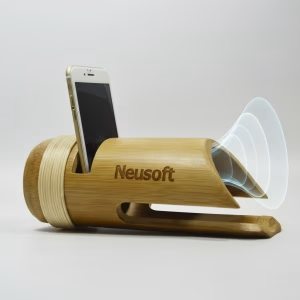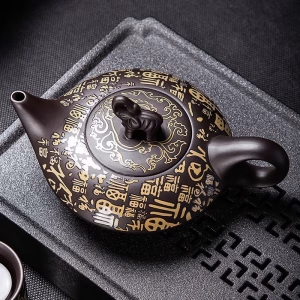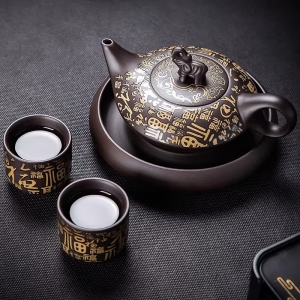Enamel color is far more than just a visual choice—it’s a critical element that influences durability, mood, and even the perceived value of an object or space. Whether you’re painting a vintage car, crafting jewelry, or renovating a kitchen, the color you select can make or break your project. The rich, glossy finish that enamel provides has made it a favorite among artists, designers, and DIY enthusiasts for decades, offering a depth and vibrancy that other paints often struggle to match. But with so many shades, finishes, and brands available, navigating the world of enamel color can feel overwhelming. Understanding the basics, from pigment quality to application techniques, is essential for achieving professional-looking results that stand the test of time.
According to a recent study published in the Journal of Coatings Technology and Research, the chemical stability of enamel pigments plays a significant role in long-term color retention, especially when exposed to UV light and environmental stressors. Researchers found that high-quality inorganic pigments, such as those used in automotive and industrial enamels, maintained over 95% of their original hue after accelerated aging tests, while lower-quality organic pigments faded by up to 40% under the same conditions. This highlights the importance of investing in premium products for projects where color durability is paramount, such as outdoor furniture or architectural elements.
Understanding Enamel Color Properties
Enamel colors are renowned for their intensity and opacity, thanks to the suspension of finely ground pigments in a solvent-based or water-based medium. Unlike acrylics or latex paints, enamels cure through a chemical reaction that creates a hard, glass-like surface, which is both protective and visually striking. The finish can range from high-gloss to matte, with satin and semi-gloss options in between, each affecting how light interacts with the color. Glossy enamels, for instance, tend to make colors appear richer and more saturated, while matte finishes offer a subdued, elegant look that minimizes glare. Additionally, factors like pigment concentration, binder quality, and additives (e.g., UV inhibitors or rust preventatives) can influence everything from drying time to fade resistance, making it crucial to read product specifications carefully.
When selecting an enamel color, it’s also important to consider the substrate—the surface you’re painting. Metals, wood, ceramics, and plastics all react differently to enamel paints, and some may require primers or specific formulations to ensure adhesion and prevent issues like chipping or peeling. For example, enamel colors designed for metal often contain anti-corrosive agents, while those for wood might be more flexible to accommodate expansion and contraction. Testing a small area first is always advisable, as colors can look surprisingly different once applied and cured, especially under various lighting conditions. Natural daylight, incandescent bulbs, and LED lights can all alter the perception of a color, so view your samples in the environment where the finished piece will reside.
Trends and Applications in Modern Design
In 2024, enamel colors are embracing both nostalgia and innovation, with palettes that reflect a desire for comfort and sustainability. Earthy tones like terracotta, sage green, and ochre are gaining popularity in home decor, offering warmth and a connection to nature, while bold, saturated hues such as cobalt blue and vermillion red are making statements in art and fashion. Metallic enamels, particularly in copper and bronze finishes, are also trending for adding a touch of luxury to everything from hardware to accent walls. Beyond aesthetics, there’s a growing emphasis on eco-friendly options, with low-VOC (volatile organic compound) and water-based enamels becoming more widely available without sacrificing color quality or durability.
Applications for enamel color are virtually limitless, spanning industries from automotive and aerospace to fine art and crafts. In the automotive world, custom enamel colors are prized for their depth and resilience, often hand-layered to create unique effects like candy apples or metal flake. Artists use enamel paints for their brilliant gloss and slow drying time, allowing for techniques like blending and wet-on-wet application. In the home, enamel colors are a go-to for high-traffic areas like kitchens and bathrooms, thanks to their easy-clean surfaces and resistance to moisture and stains. Even in industrial settings, enamel colors serve functional purposes, such as color-coding pipes or machinery for safety and organization.
Ultimately, mastering enamel color is about balancing creativity with practicality. By choosing the right products for your project, preparing surfaces properly, and applying colors with care, you can achieve stunning, long-lasting results that enhance both form and function. Don’t be afraid to experiment—mixing custom shades or layering finishes can yield truly unique effects—but always keep the end use in mind to ensure your color choices are as durable as they are beautiful.
You may also like
The Palace Museum Paper-Cut Light Art Fridge Magnets: Chinese Cultural Style Creative Gift Series
Price range: $27.00 through $36.00 Select options This product has multiple variants. The options may be chosen on the product pageAncient Craft Herbal Scented Bead Bracelet with Gold Rutile Quartz, Paired with Sterling Silver (925) Hook Earrings
Original price was: $322.00.$198.00Current price is: $198.00. Add to cartBambooSoundBoost Portable Amplifier
Original price was: $96.00.$66.00Current price is: $66.00. Add to cartAncient Craftsmanship & ICH Herbal Beads Bracelet with Yellow Citrine & Silver Filigree Cloud-Patterned Luck-Boosting Beads
Original price was: $128.00.$89.00Current price is: $89.00. Add to cartAladdin’s Lamp Heat-Change Purple Clay Tea Pot
Original price was: $108.00.$78.00Current price is: $78.00. Add to cartHandwoven Zhuang Brocade Tote Bag – Large-Capacity Boho Shoulder Bag
Original price was: $178.00.$154.00Current price is: $154.00. Add to cart



